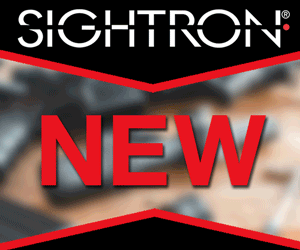I researched tracers and Incendiary ammunition.
They all just immediately go to the use of tracers and Incendiary ammunition.
I could not find out how they were ignited.
I logicly thought the power charge would ignite the tracer and Incendiary ammunition
then I thought that would leave a lot of fowling in the barrel.
They all just immediately go to the use of tracers and Incendiary ammunition.
I could not find out how they were ignited.
I logicly thought the power charge would ignite the tracer and Incendiary ammunition
then I thought that would leave a lot of fowling in the barrel.








